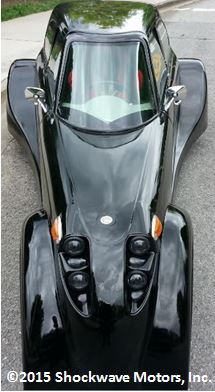Some of Our Conversions
Model T EV Conversion
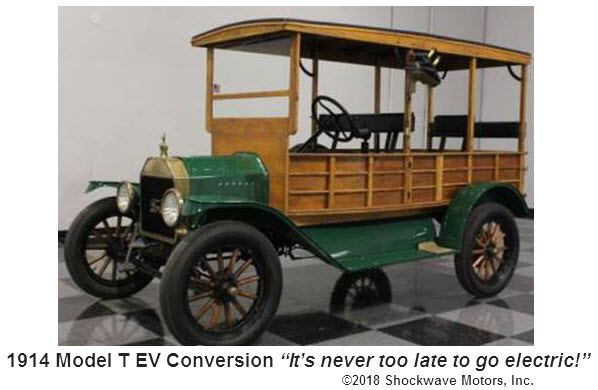
Shockwave Motors, Inc.™ has completed the conversion of the oldest gasoline powered car to electric power. The vehicle started out life as a 1914 Model T Hack and was originally used to transport people from a train station to hotels. The Model T’s original 20 horsepower gasoline engine and transmission failed many years ago, so the new owners, Mike and Pat Heaney of Virginia, wanted to have the Model T converted to electric power. Mike uses the Model T at local events and wanted to ensure that it would still look and sound the same. So a speaker was mounted under the hood to play the classic sounds of an old Model T.

The Shockwave Motors Team, which created the Defiant EV3 All-electric Roadster™, was brought on board to create the drive system design, engineering, and fabrication. The heart of the propulsion system is an Alternating Current (AC) motor operating on a 72-volt, Lithium Iron Phosphate, prismatic, battery system. The motor can produce more than 30 horsepower and the instantaneous torque provides brisk acceleration. The top speed is about 50 miles per hour.

Since Model T was kept as original as possible, it still has the 1914 wooden spoke wheels and narrow tires. It has a cable braking system for the rear wheels and no brakes on the front wheels. Hydraulic brakes were not even invented until around 1918 and it was 1921 before they were installed on cars!
Model T EV First Road Test from John McMillian on Vimeo.
Model T EV Reveal from John McMillian on Vimeo.
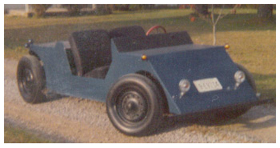
By the time John was in college (1971), he was driving a completely street legal electric car, built on a full size VW chassis - with a custom styled wooden body. This car (the second John had built) was powered by a very old, 9 horsepower, series wound, forklift motor. While the car was designed to operate only on 48 volts, the top speed was still a respectable 45 MPH. The car was fun to drive and a real "attention getter". It was even featured in the local newspaper.
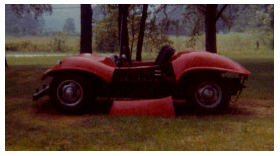
This buggy was a classic, on a shortened VW chassis. The fiberglass body added almost nothing to the weight of the car. Side panels were cut to allow access to the four batteries which were mounted along each side of the car and additional batteries were located behind the seats. Operating on a basic 72 volt system and powered by standard golf cart batteries, the dune buggy was able to achieve almost 70 MPH (with the windshield removed) and a range of over 75 miles per charge at 55 MPH.
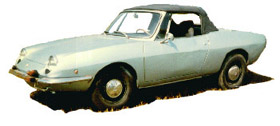
A very practical conversion was the Fiat 850 Spider. Best driving performance was achieved with a 10 horsepower, series wound motor, and a battery pack composed of 16, 6 volt, golf cart batteries, for a total of 96 volts. The range was more than 50 miles per charge with a top speed of over 60 miles per hour.

Batteries were in the rear compartment, in a box behind the bucket seats, and in a small storage compartment under the front hood! And to beat it all, there was still room for the spare tire!

Here is another kit car conversion. The power was again only 72 volts, but because of the very aerodynamic design and light weight body, performance was outstanding. Top speed was about 70 MPH and at about 55 MPH the range was about 75 miles per charge.
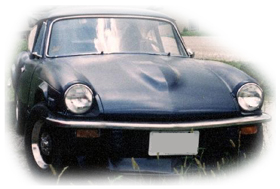
Another fun car to convert and drive was the Triumph GT-6. The high performance package provided excellent performance, even with the very heavy body.
Our latest and most ambitious project is creating an electric car from the ground-up. We are committed to developing an efficient, three passenger, electric car; a personal transportation vehicle that is an innovative combination of the best of today's propulsion technology and sleek, aerodynamic styling.

To find out more about the Defiant EV3 Roadsters© please visit Shockwave Motors.

